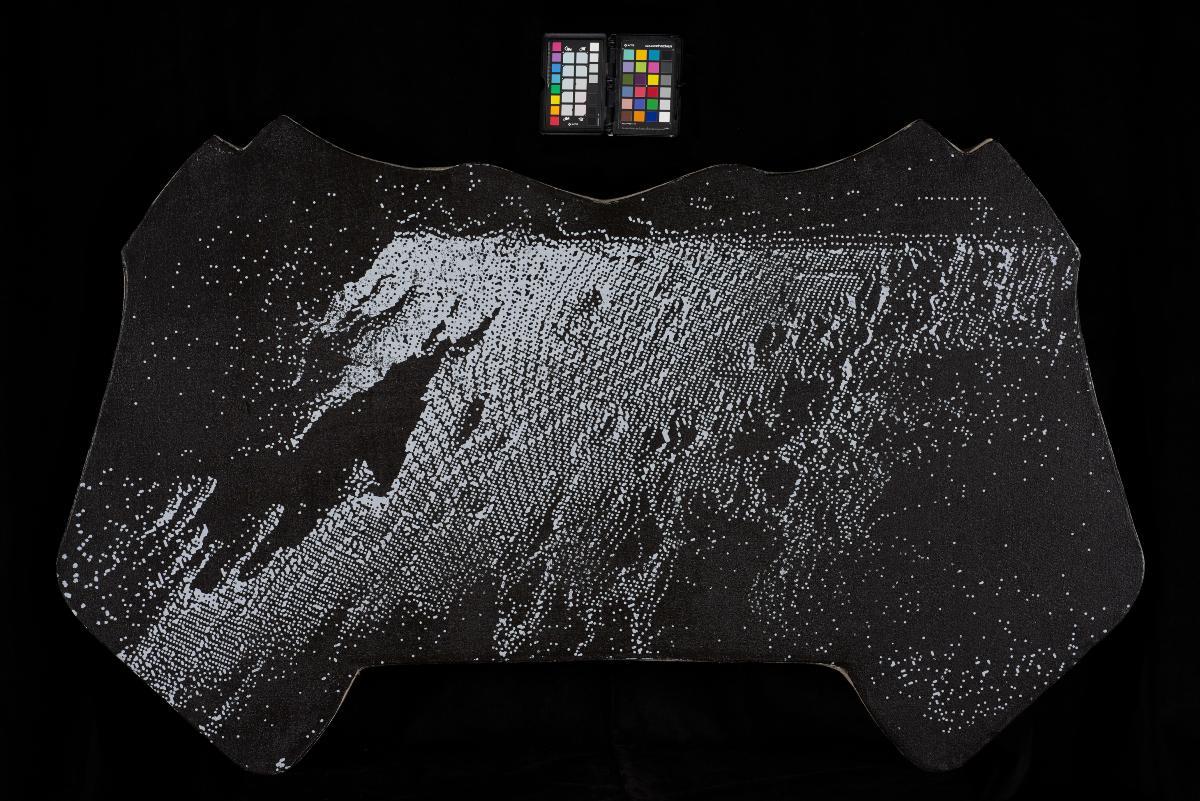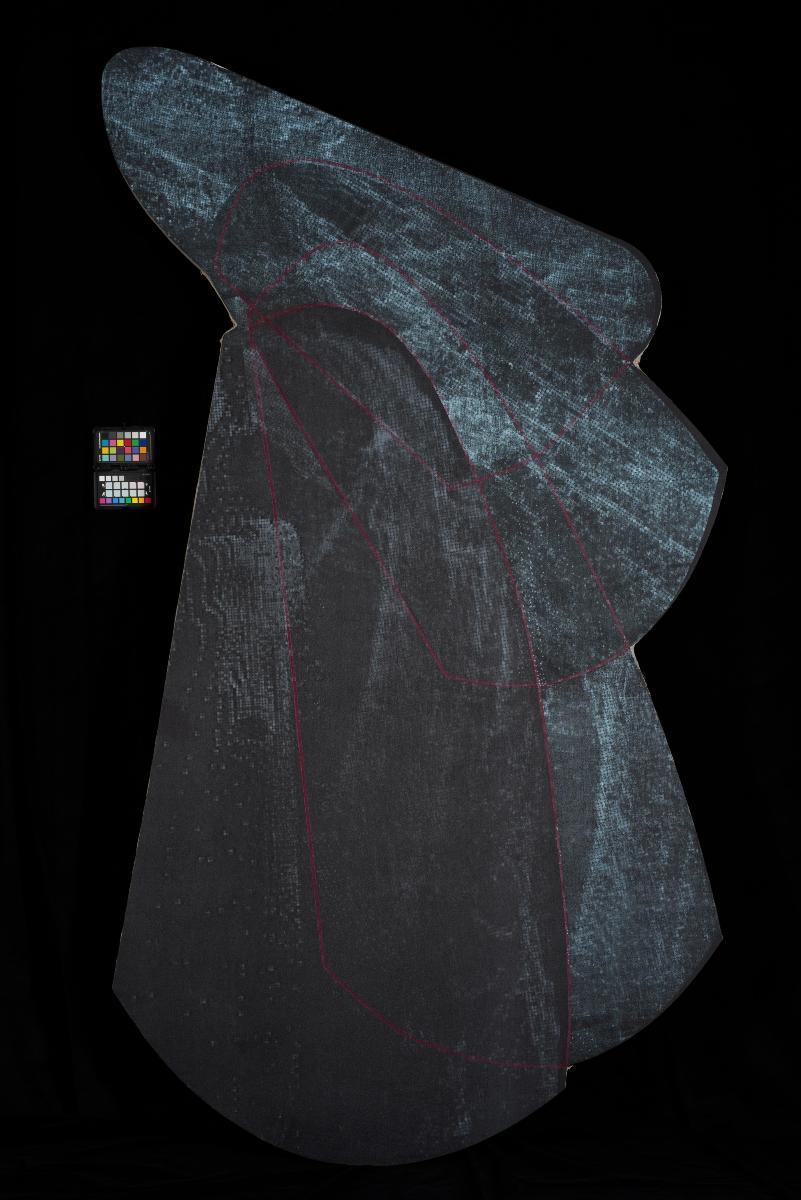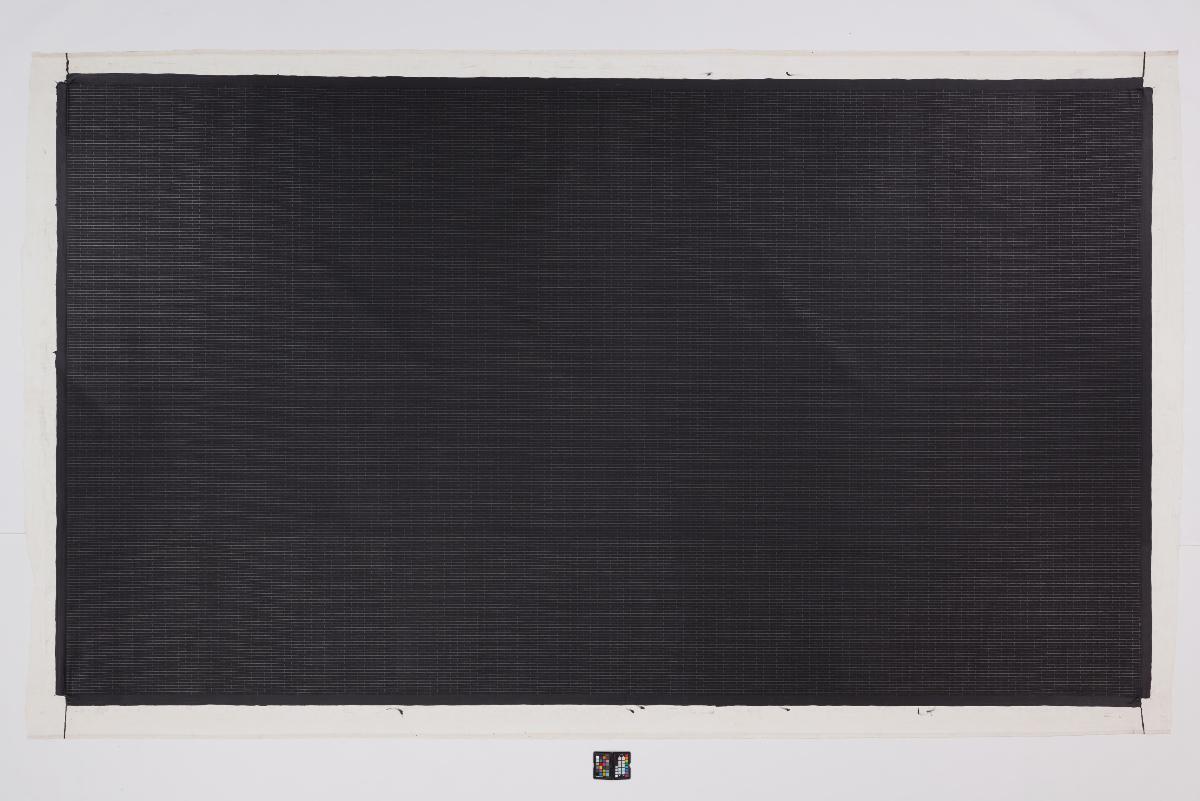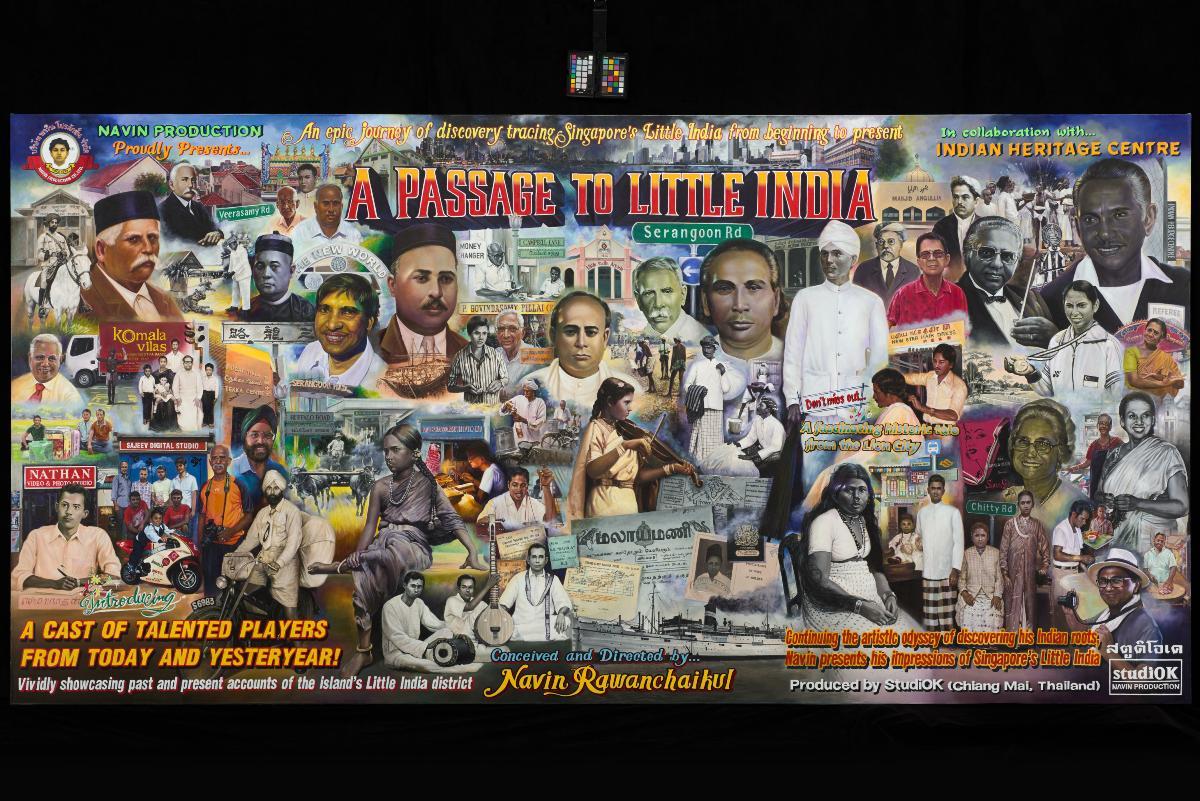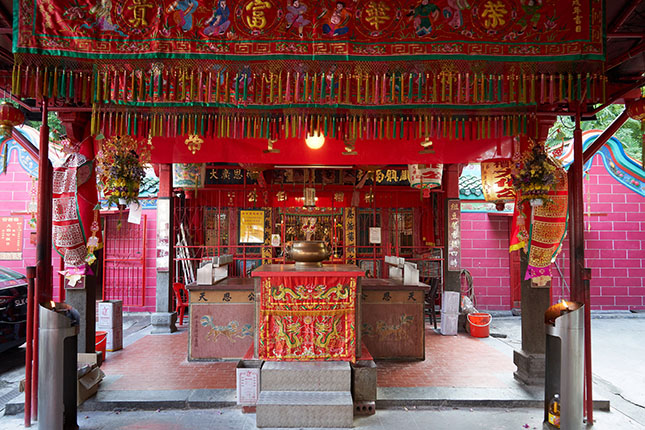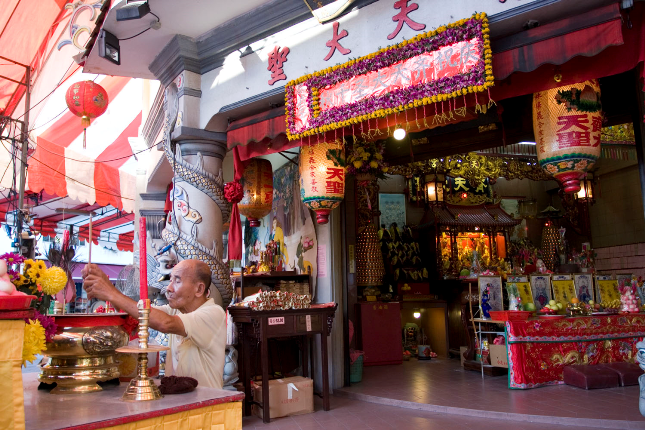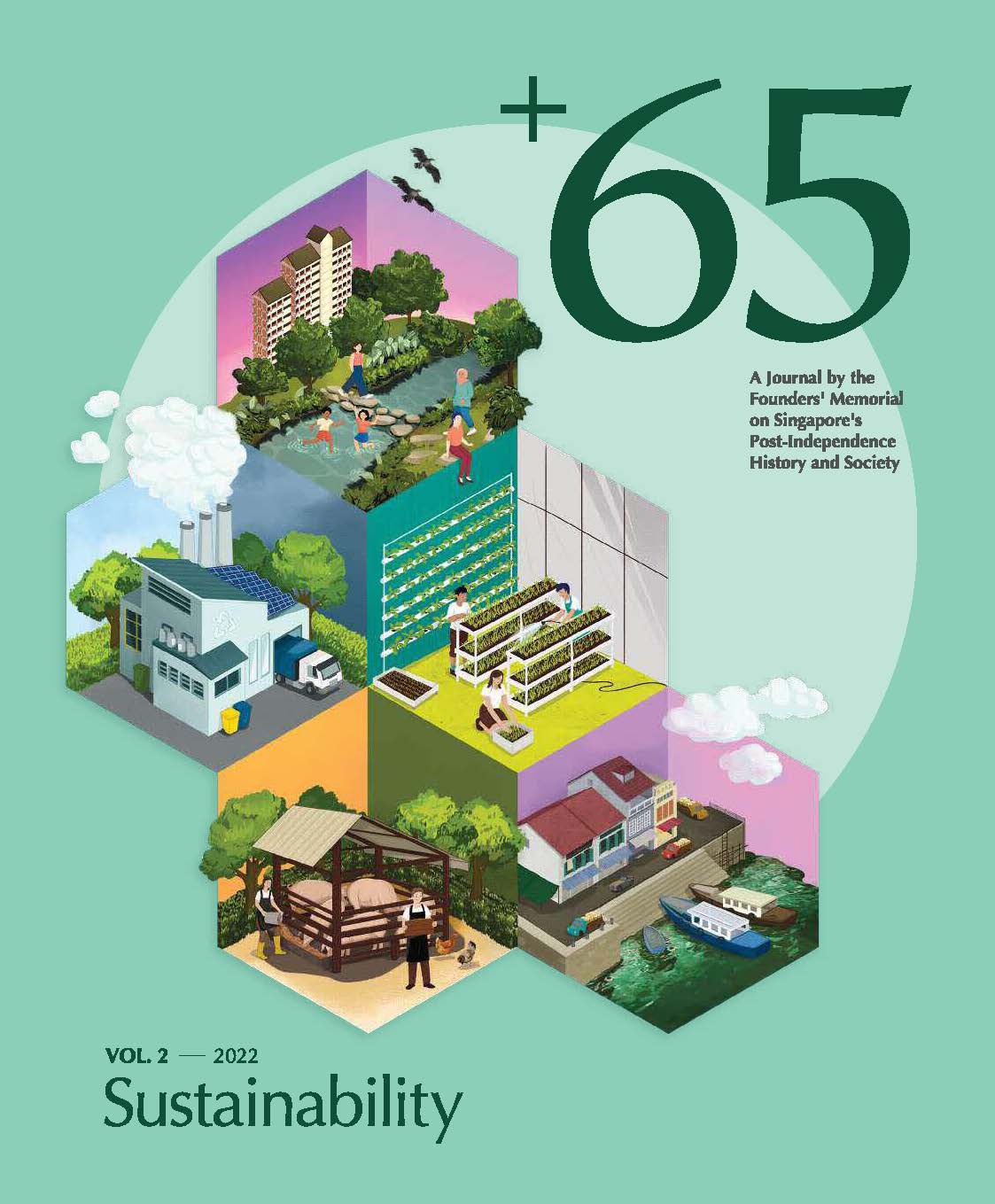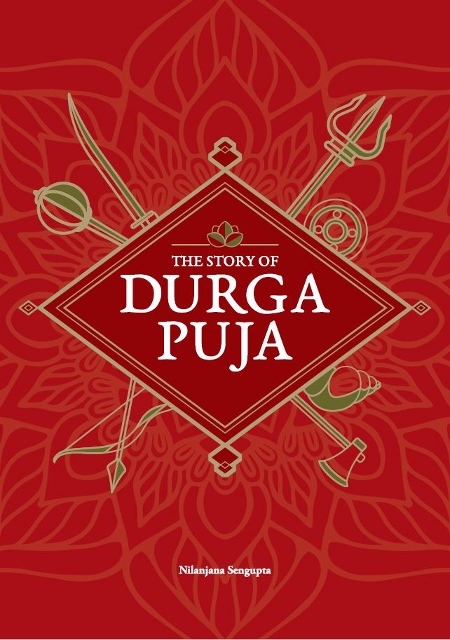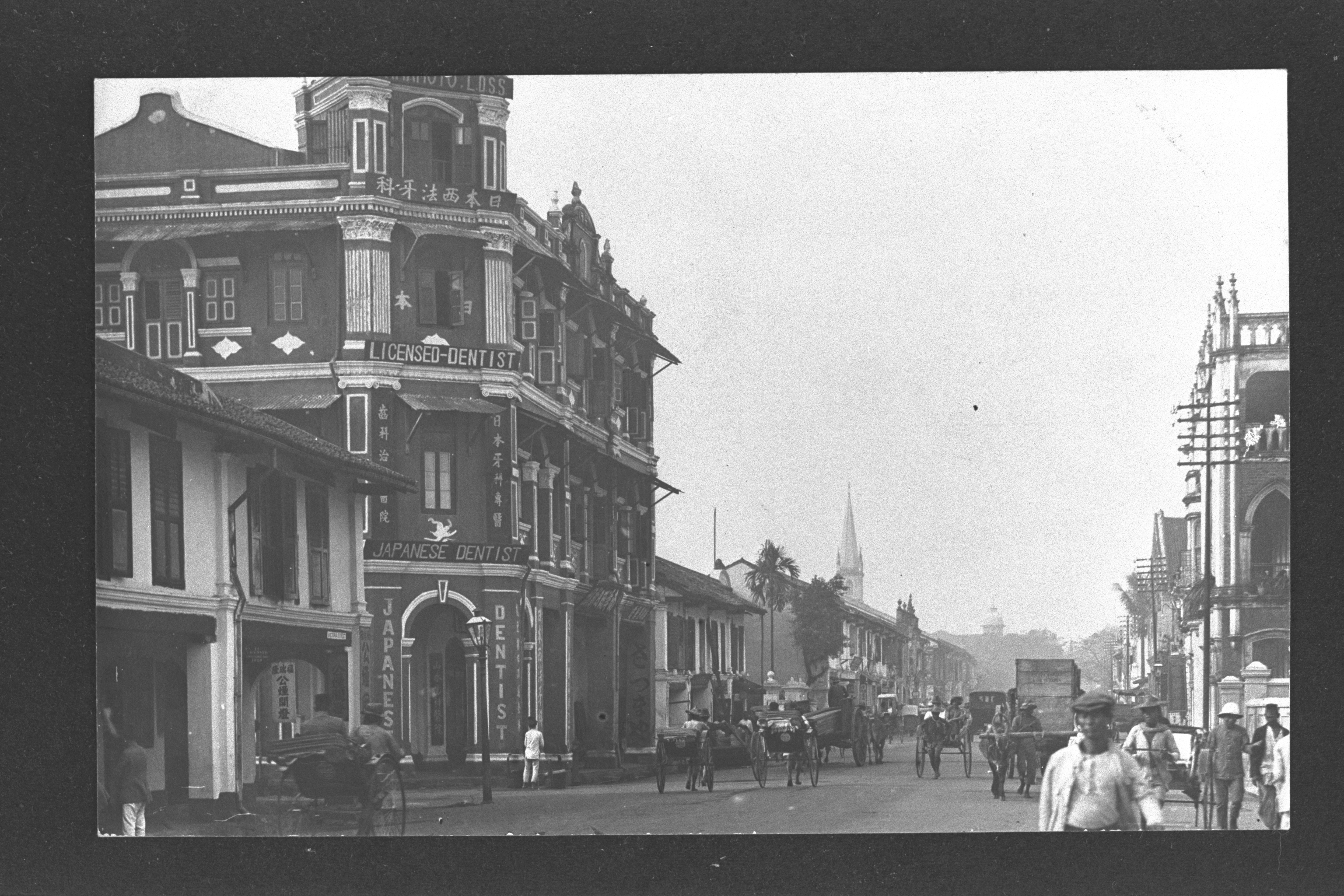Moth #5 brings together two interests that have coursed through Genevieve Chua’s practice: nature and the wild, as well as the intertwining relationship between sound and image. Part of Chua’s ‘Unnatural History Drawings’, the shaped canvas takes as its starting point, the extensive collection of natural history drawings that were commissioned by William Farquhar in the early 19th century. With an abiding interest to explore abstraction in painting, the work also incorporates the ultrasound image as a means to probe the relationship between sound and vision, and how sensorial experiences can translate across one other. Chua’s use of the ultrasound gestures towards the realm of possibility of what lies beyond the range of human sensory detection, as made realisable by science and technology. The Moth series, the second of the arcs, draws upon Darwinian hypothesis that living creatures’ characteristics or forms evolve to over time, through a process of beneficial mutations. In this instance, the paintings revolve around a moth with an unusually long proboscis that enables it to pollinate a species of orchid with a highly elongated nectary. Evolution of the moth and orchid have thus unfolded in tandem, a progression in parallel. The symmetrical shape of Moth #5 calls to mind the insect’s form at rest, and the ultrasound patterns which were derived from the vibratory patterns of the walls or ground on which the moths were perched.Genevieve Chua (b. 1984, Singapore) is a visual artist who works primarily through abstraction. Chua pursues an unfurling narrative that is informed by natural history and linguistics. Selected solo exhibitions include “Rehearsals for the Wilful” (Manila, 2016); “Parabola” (Singapore, 2014); “Cicadas Cicadas” (Los Angeles, 2014) and “Birthing Ground not a Sound” (Singapore, 2012). She has alos participated in the Singapore Biennale (2011), and was a recipient of the NAC Georgette Chen Scholarship in 2003/4 and the Young Artist Award in 2012 conferred by the National Arts Council, Singapore.




